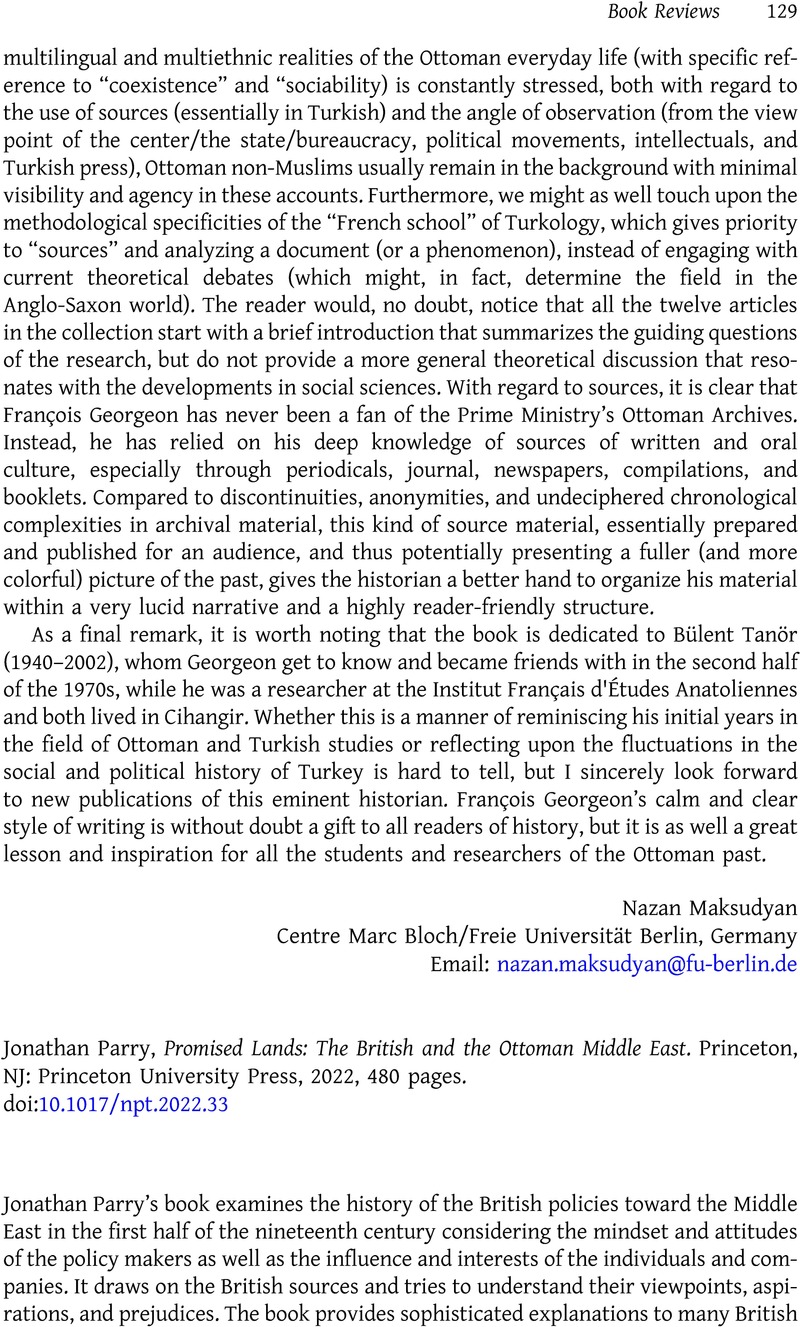Crossref Citations
This article has been cited by the following publications. This list is generated based on data provided by Crossref.
Sözer, Burak
and
Sakhi, Zhuldyz
2024.
An overview of research methods and topics used in Turkological studies.
Turkic Studies Journal,
Vol. 6,
Issue. 3,
p.
196.




